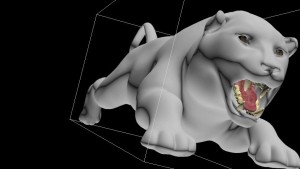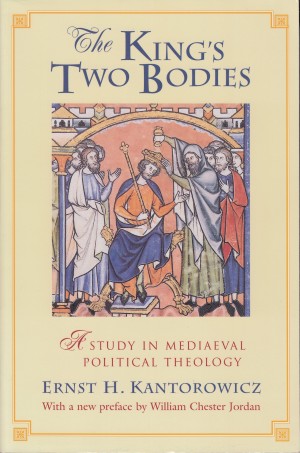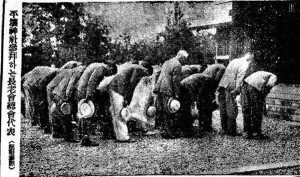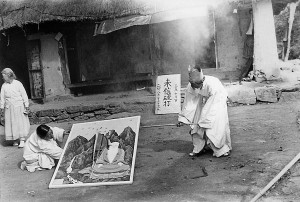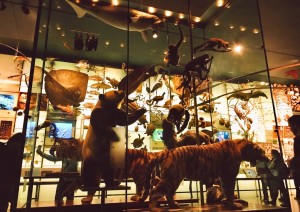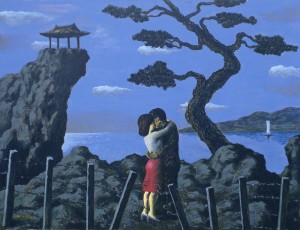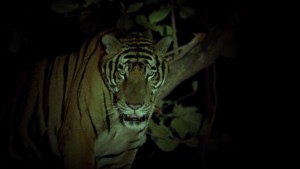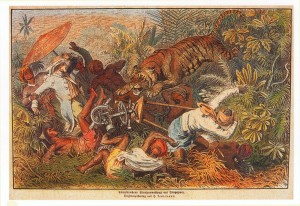
The Tiger and the
Theodolite:
George Coleman’s
Dream of Extinction
Kevin Chua
Taking an engraving of George Coleman surveying deep in the jungle of nineteenth-century Singapore as its starting point, this essay—published here in a slightly abridged version—examines global capitalism on the frontier, the figure of the tiger in the British colonial imaginary, and the ways in which the Malay weretiger unravels the relationship between colonizer and colonized, human and animal, tradition and modernity.



